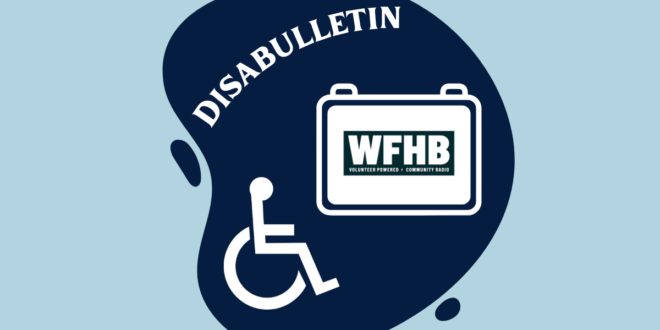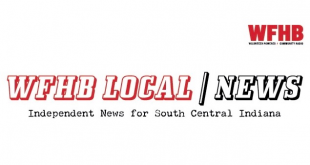Podcast: Play in new window | Download (Duration: 14:30 — 11.0MB)
In today’s Disabulletin, WFHB Correspondent Abe Shapiro continues his conversation with Attorney Jeremiah Frei-Pearson about a lawsuit against the ride-share company Lyft over its alleged lack of wheelchair-accessible vehicles, or WAVs. Lyft officials cited a limited supply of wheelchair-accessible vehicles and driver availability as reasons why WAVs are only available to Lyft riders in nine cities across the entire U.S. To provide more insight on the issue and having covered precedent set nationally, we turn to Part V of the interview in which Attorney Frei-Pearson, of the disability rights group Westchester Disabled on The Move Incorporated, the main plaintiff in this case, cites legal precedent relating to ride-share companies and disabled customers that has been set in the state of New York.
In a statement provided to Disabulletin on September 2, a spokesperson for Lyft stated, “Lyft has a long-standing commitment to maintaining an inclusive and welcoming community, and we’re constantly seeking solutions to address WAV supply challenges.”
1. I know there have been several conflicts between the New York Taxi Cab and Limousine Corporation (TLC), [which regulates for-hire vehicle transportation services in New York City], the most recent being the 2017 passage of the “25% mandate in particular, which Lyft filed a lawsuit in response to and said they couldn’t fulfill. What was this case about and what came out of it?
2. I know that in the settlement between the TLC and Lyft, there was the idea of creating a program between the TLC and Lyft relating to a “success metric”, or measuring the extent to which drivers could accept wheelchair users. What was the success of this metric program and could this be implemented in West Plains?
3. Based on what has happened so far and bearing in mind that Lyft went to court three days ago, there was a rally in front of the courthouse by disability activists, and a trial date was set at that appearance, what do these events have on the outcome of this case at this time? From your observation, did Lyft interact with protestors and if so, what was said?
4. Is a settlement still possible? What are the benefits for Lyft and WDOMI if this comes about? What if the case goes to trial?
 WFHB Bloomington Community Radio
WFHB Bloomington Community Radio


